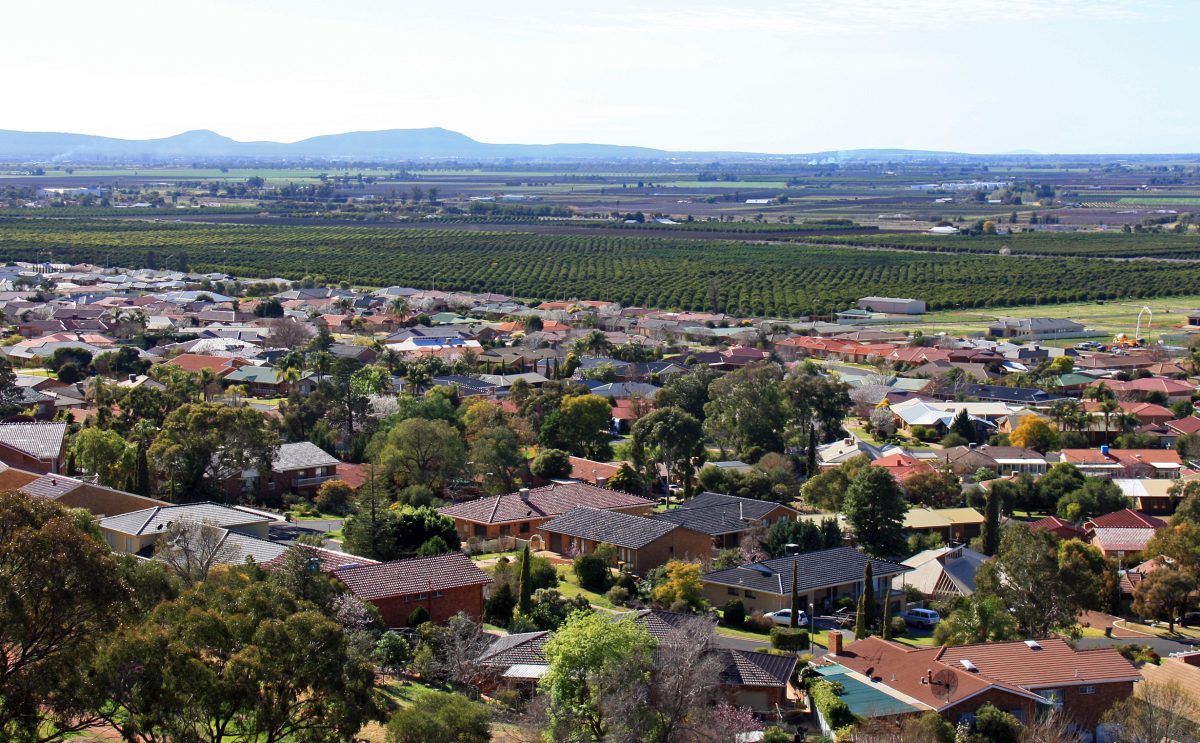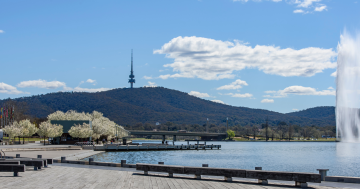
Canberra did not turn out the way Walter Burley Griffin intended. Photo: Michelle Kroll.
Walter Burley Griffin’s original vision for Canberra and Griffith has been eroded but can still be reinvigorated, according to a group dedicated to preserving his legacy.
The American architect designed both cities in the 1910s, envisioning densely populated town centres with circular streets and wide tree-lined avenues leading to foreshore parks on waterfronts.
He wanted Griffith and Canberra to be ideal for walking, well connected by public transport and to foster a strong sense of community.
So what happened?
Region caught up with Adrienne Kabos, former president and current committee member of the Walter Burley Griffin Society Inc, to find out.
What was Griffin’s original plan for Canberra and Griffith?
His primary principle was to create a beautiful urban environment where the landscape could be enjoyed and appreciated.
He designed circuits – State Circle in Canberra and Benerembah Street in Griffith – to be the focal point of the city, with radiating avenues that were intended to be lined with trees. These would extend to waterfronts. In Canberra, it’s Lake Burley Griffin. In Griffith, it’s the canal that sweeps around the grand circle, with extensive foreshore parklands.
Griffin wanted to create a community. So his plans were actually very sophisticated because they were designed in such a way that everyone would live five minutes from public transport.
But that didn’t happen in either city?
Unfortunately, his ideas for public transport weren’t implemented. The fascination with cars in the 1960s led them to sell off rail lines.
In Canberra, Griffin’s plan was for a mainline railway diverting from the Melbourne-Sydney line from Yass that would provide a fast connection to these cities. The main station was to be in the commercial centre with stations in the suburbs.
Anzac Parade and the desert of red gravel it is now was meant to be Canberra’s city park in the cosmopolitan heart of the city, with beautiful trees and ambience for people to walk around and enjoy. Unfortunately, it lacks trees and is only used by cars.
In Griffith, the train station was meant to be much closer to the grand circle than it is now.

Walter Burley Griffin’s designs were assisted by his wife Marion. Photo: National Library of Australia.
Did Griffin expect Canberra and Griffith to be as spread out as they are now?
No, in Canberra he wanted a dense city and for much of the accommodation to be a number of storeys high, just below tree top height (no taller), with many parklands. The Griffin office perspective of Griffith indicates he wanted houses and two- to three-storey buildings.
People were besotted with cars – they put car parks everywhere rather than building public transport.
Over the past 50 years, individuals have made decisions that are not necessarily in line with Griffin’s vision.
So Griffin’s vision has been lost?
That doesn’t mean it can’t be reinvigorated. I’m thrilled the Griffith Council has commissioned their cultural precinct masterplan, which states a desire to recapture Griffin’s vision. The grand circle, despite its clutter, includes areas that can be revived.
It is just a short distance from the extensive foreshore parklands linked to them by four of the avenues that radiate from the grand circle. Murrumbidgee and Walla avenues have great potential. They could be lined with trees, so people enjoy walking down them to the foreshore parklands. So one or both of these avenues become attractive short links between the grand circle and the foreshore parklands.
As well as celebrating the Griffin urban plan for Griffith, a cultural precinct in the grand circle with the nearby foreshore parklands, would double the attraction and make it a highly desirable destination for both the Griffith community and visitors.

Aerial view of Griffith. Photo: Wikipedia commons.
What about for Canberra?
Professor James Weirick looked at that issue in a lecture he gave commemorating the 100th anniversary of Griffin winning a competition to design Canberra.
He said: “The fate of one of the greatest planned capitals of the 20th century hangs in the balance … if there is a way forward, the answer may lie in more ecological management of the metro region, more density, more public transport, more public consultation, more design excellence, more sustainable design, and a more sustainable funding basis for Canberra.”
Original Article published by Oliver Jacques on Region Riverina.





















